For someone who is not yet forty, the path J.D. Vance walked to become the next potential vice president of the United States is a long and winding journey from the holler to Silicon Valley to the halls of the US Senate. It encompasses four different names — from James Donald Bowman to James David to James Hamel to James David Vance — and movement through a variety of worlds and circumstances, with very distinct cultures and influences. If the vice presidency is itself a very boring job in the realm of politics, tasked with worthless drudgery, Vance is far more interesting than the role requires. And his intellectual journey to this point, whatever you think of his views today, is worth understanding to get the measure of a man who seemed more likely to end up in academia than in the White House.
“It’s hard to beat as the worst advice ever given,” Yuval Levin acknowledges, referencing his counsel to a young J.D. Vance against writing a memoir. The American Enterprise Institute scholar, widely respected as one of the wisest conservatives in the country, didn’t see the point of it at the time — but Vance, ever sure of himself, went ahead anyway. Hillbilly Elegy would make him a verifiable star, landing with perfect timing to serve as an explanation for confused liberals and conservatives alike about the rise of Donald Trump. But it also was coming from a voice that was decidedly anti-Trump, as the author took to stages and panels critiquing the Manhattan billionaire for all the well-known reasons: that he was a grifter selling fool’s gold to a desperate people Vance knew and loved.
It was this version of Vance who was writing for David Frum’s FrumForum, a haven for the moderate-to-liberal Republican of the day, who viewed the rise of the Tea Party as dangerous and anti-intellectual, entertaining heterodox ideas about the policy persuasions of the GOP’s coalition while espousing entitlement reform and a traditionally hawkish foreign policy. There, he wrote under the pseudonym J.D. Hamel, endorsing Jon Huntsman over Rick Perry for president as the “Truer Conservative” in 2012.
So why the shift to becoming one of Trump’s biggest advocates — and now his vice presidential nominee? Is it just built out of cynicism, or something else? In conversation with over a dozen conservative intellectuals who interacted with Vance over the past decade or more, the picture is one of near constant transition, but one that also prioritized the place from which he came.
“There is more continuity here than you might think,” Levin says. “He’s always been motivated by belonging to the place that he came from. It’s not that Trump turned his head to an entirely new thing. His sense of what was wrong with the right was in a sense that it wasn’t populist enough. His early worry about Trump was rooted in a sense that Trump was a dead end for the people he was concerned about, and he changed his mind about that. Maybe there was something more there to work with.”
Author Michael Lind has known Vance since the fall of 2016, when they met at a conference at the New America Foundation on the future of the social contract. At the time, Lind categorized Vance as a NeverTrumper in the “Reformicon” lane. “He was a spokesman for this alienated working class trying to find his way toward a policy synthesis,” Lind says. “His political instincts are fairly communitarian, a Scots-Irish southerner of greater Appalachia, bound together around Jacksonianism.”
Lind found Vance to be deliberative, with a systematic mind working through the evolving state of American politics, and coming to find in Trump more of the Nixonian approach to a hardhat and holler appeal than he initially saw. They discussed industrial policy, making the GOP more pro-worker than pro-Wall Street, and finding a path back to a form of nationalism that was set aside during the 1990s.
“Trump gave intellectual permission to younger Republicans to think about these things,” says Lind. “The Reformicons didn’t achieve that — you couldn’t be outside the box and still be a Paul Ryan ‘Young Turk’, using tax credits to offset offshoring. The politicians were initially terrified [of Trump], but the intellectuals were more interested in breaking things open, not confining yourselves to savings accounts and wage subsidies.”
At the time, Vance was actively reaching out to numerous intellectual figures on the right who were actively debating the policy paths and choices to be made in the aftermath of the depressing second term of George W. Bush. The disputes were numerous, and often very personal, but Vance navigated them with ease, entertaining the different approaches with less of the attitude of a future politician than a scholar of the moment.
“We had a common interest in the party taking more account of working-class voters than Romneyesque Republicans,” one prominent author tells The Spectator. “He was bright, impressive, highly ambitious. The thing is, J.D. has always done the right thing to get ahead — so I see in him a sincere turn toward populism, but found the more MAGA stuff to be opportunistic. He doesn’t actually respect Marjorie Taylor Greene — and anyone who knows him knows that.”
One area where Vance has clearly shifted is in his discourse on conservative foreign policy, where he went from being a fairly conventional Republican to being a strident critic of America’s overseas footprint. At the beginning of Trump’s term, Vance was close with a number of donors who can be considered neoconservative or hawkish — but that has shifted since, while still working to maintain those relationships.
“There is more distance between them now because of Ukraine,” Levin tells The Spectator, while adding that “He’s gone out of his way to be clear that he supports Israel. He speaks the language of Silicon Valley really well… Part of what stands out about him is that he’s a smart and articulate politician at a time when we don’t have a lot of them.”
One particular point of emphasis for Vance has become the natalist mission of conservatives, who view the declining American birthrate as a major point of crisis.
“We are in the midst of an unprecedented ‘closing of the American heart’ where marriage and family formation is cratering,” Brad Wilcox of the Institute for Family Studies says. “J.D. Vance sees this as a ‘civilizational crisis.’ And unlike former Vice President Mike Pence, he is more comfortable getting behind new and creative ways to respond to this crisis with innovative public policies. In particular, I think he will aim to make marriage and family formation more affordable for working- and middle-class Americans.”
For Wilcox, this translates to attacking the federal marriage penalty, eliminating the cost of childbirth and expanding the child tax credit, along with energy devoted to vocational education and apprenticeship training to improve the fortunes and marriageability of young men. “The bottom line is that a Trump-Vance administration is likely to be much more aggressive in the family policy arena than was the Trump-Pence administration,” he says.
An essential element to understanding Vance’s perspective is his faith, and his shift from a typical form of Shenandoah Evangelicalism to a conversion to Catholicism a few years ago. Rod Dreher, the author and paleocon intellectual, connected Vance in 2017 with Father Dominic Legge, a Washington, DC-based Dominican who bonded with him as a fellow graduate of Yale Law School. His instruction led Vance to connect with another Dominican in Ohio, leading to him being received into the faith in 2019. Dreher interviewed Vance at the time, asking him about the choice of Augustine as his patron saint. “I was pretty moved by the Confessions. I’ve probably read it in bits and pieces twice over the past fifteen or so years,” Vance told him. “There’s a chapter from The City of God that’s incredibly relevant now that I’m thinking about policy.”
Today, Dreher shares Wilcox’s view about Vance’s likely priorities as vice president. “My sense is that insofar as J.D. redirects the right in a faith-focused direction, it’s going to be less about the traditional right-wing Christian social issues — abortion and gay marriage — and towards a more general family-first position, as well as other parts of Catholic social teaching,” he tells The Spectator.
One unknown that several conservative intellectuals expressed is how much Vance represents a demolishing force versus a rebuilding one — someone who wants to wreck institutions or restore them from within.
“I disagree with him the most in the sense that the cultural moment is beyond the breaking point, and the old norms don’t matter any more,” Levin says. “We should be fighting for institutions, not against them. But his sense of the emergency of the moment has intensified,” referring to the experience of Vance’s wife as a clerk for Brett Kavanaugh. “There’s a connection there with getting radical.”
Others think Vance’s ambition may have turned him into a critic of the very system that elevated him to national prominence.
“Look at his story. This is the résumé of someone who should be falling on his knees who says America is the greatest place on earth,” one author tells The Spectator. “It does not compute to create such a strident critic.”
For Lind, Vance reminds him of his former boss, a hardscrabble youth turned public intellectual.
“Pat Moynihan. That’s who he reminds me of. Both born to broken families, working class, raised by an Oklahoma single mom, moved to Hell’s Kitchen where she opened a bar and he shined shoes,” Lind says. “There is a regional and working class outsiderism to both of them. They over-assimilate to the establishment out of shame for their origins. Or they try to maneuver their way without losing the connection to where they came from. But J.D. hasn’t lost touch with his roots. He sees himself as the guy from the holler. Moynihan to the end of his days was like that. His values are constant. He’s searched through things, but he’s found his way.”
One way of understanding Trump and Vance together is through the lens of populism we’ve seen on cable news. Think of Trump as Bill O’Reilly — a right of center populist who could be volatile and disruptive, but ultimately didn’t particularly care about the intellectual direction of the conservative movement. And think of Vance as Tucker Carlson — a right of center populist who actively wanted to destroy the conservative movement as he knew it, who knew where the bodies were buried and how to blow up the buildings. The trajectories are similar, but the targets are very different.
There’s one more incident worth noting to help understand Vance’s perspective. It’s 2019 and Yoram Hazony’s NatCon conference in Washington, DC is hosting a debate between Richard Reinsch and Oren Cass, on the question of whether the United States should have an industrial policy. In the back of the room, a questioner stands up.
“I’m a venture capitalist and I used to work in Silicon Valley,” he says, “And if you’re in the peninsula right off Highway 101, there’s an exit called Willow Road. And on Willow Road, you’ll find the Facebook headquarters. And at Facebook, there are neuroscientists currently being paid a lot of money quite literally to addict our children to their applications. And not far from the Facebook headquarters, there are neuroscientists working on how to cure dementia, and how to cure some of the most intractable diseases that affect our society.”
“The people who are working at Facebook, addicting our children to their applications, make much more money than the people who are attempting to cure our society of its worst diseases,” he continues. “And I think this question about whether we should have an industrial policy ultimately reduces to the question of: do you think our politics should have an answer about whether it is more valuable to cure our grandchildren than to addict our children to terrible applications? And I think the answer is obviously yes.”
The audience applauds, and J.D. Vance takes his seat. This is who he became, and who he is now — a clear and present danger to the very same people who elevated him to the vice presidency.



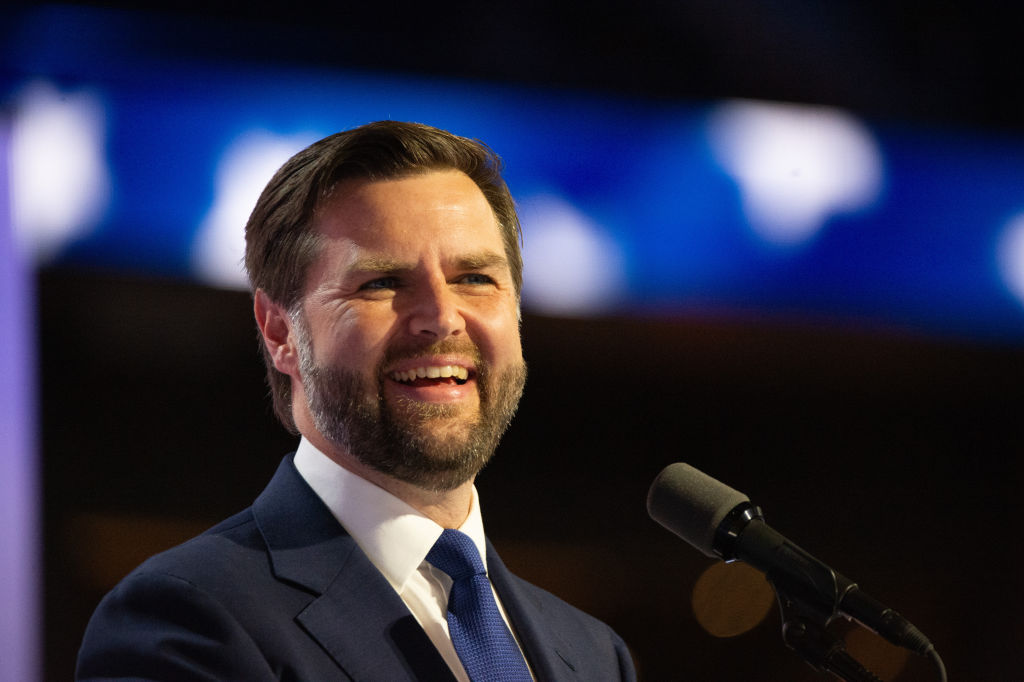






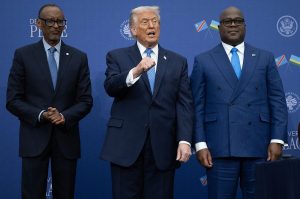
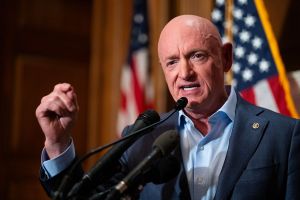
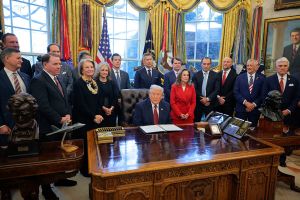
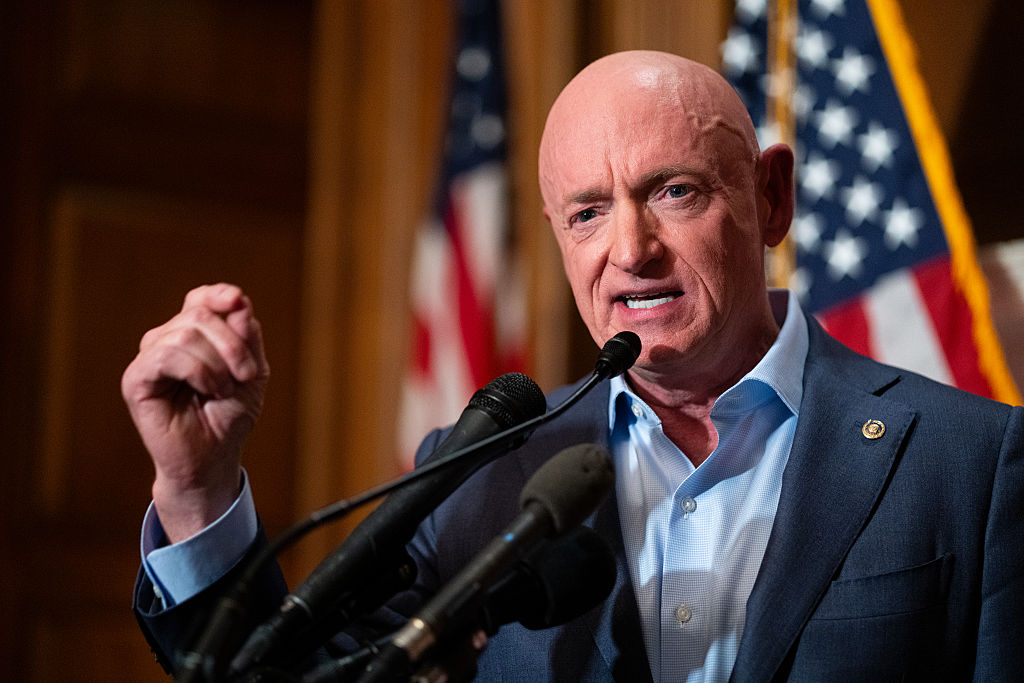
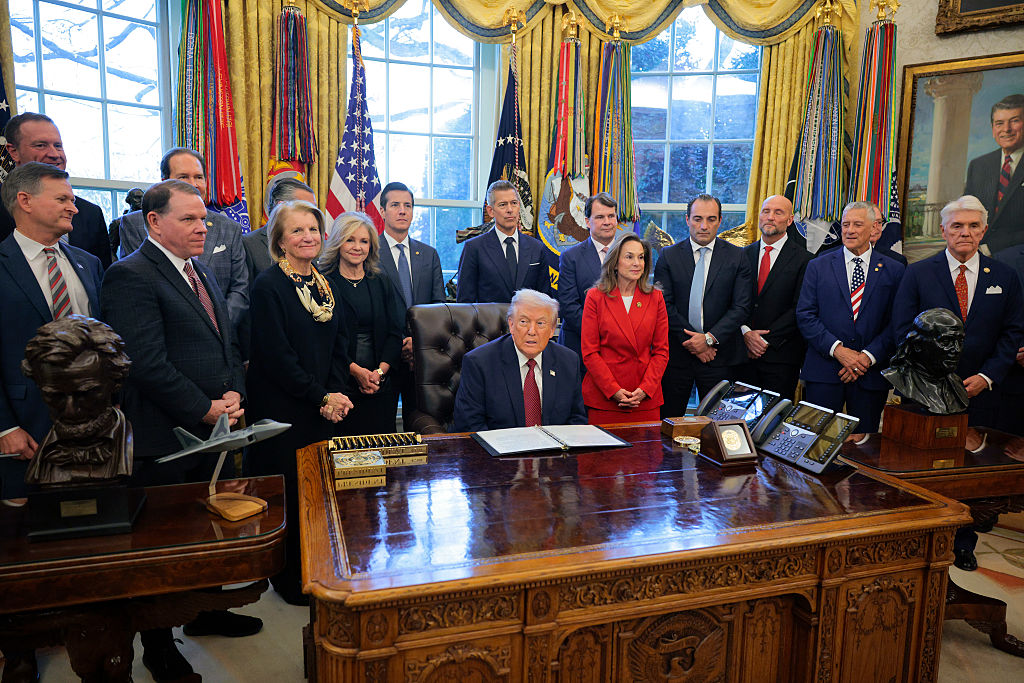
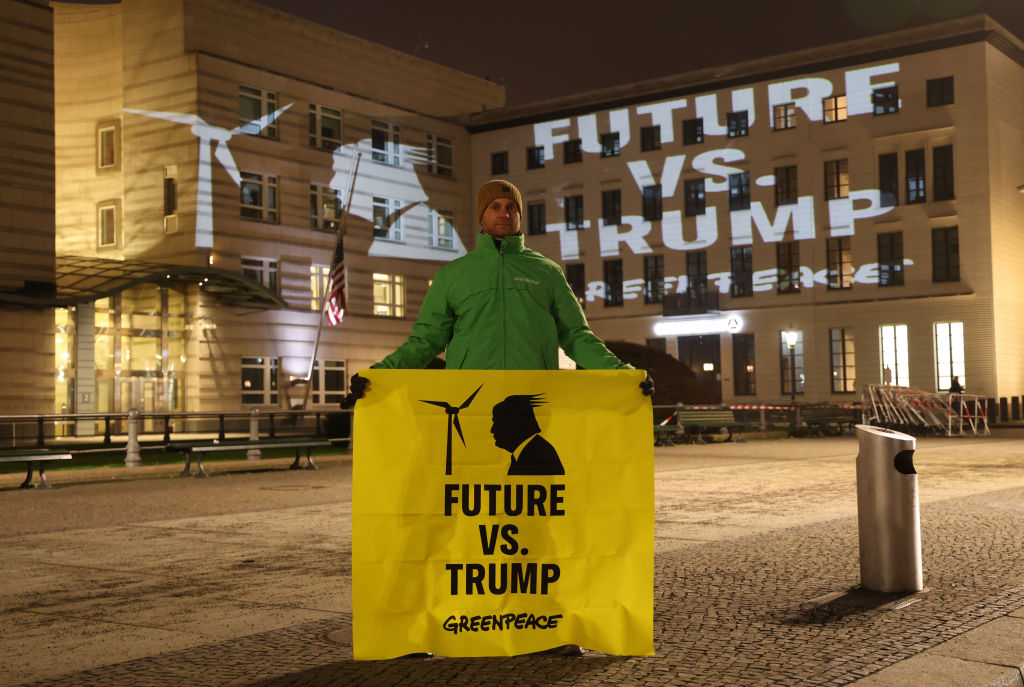
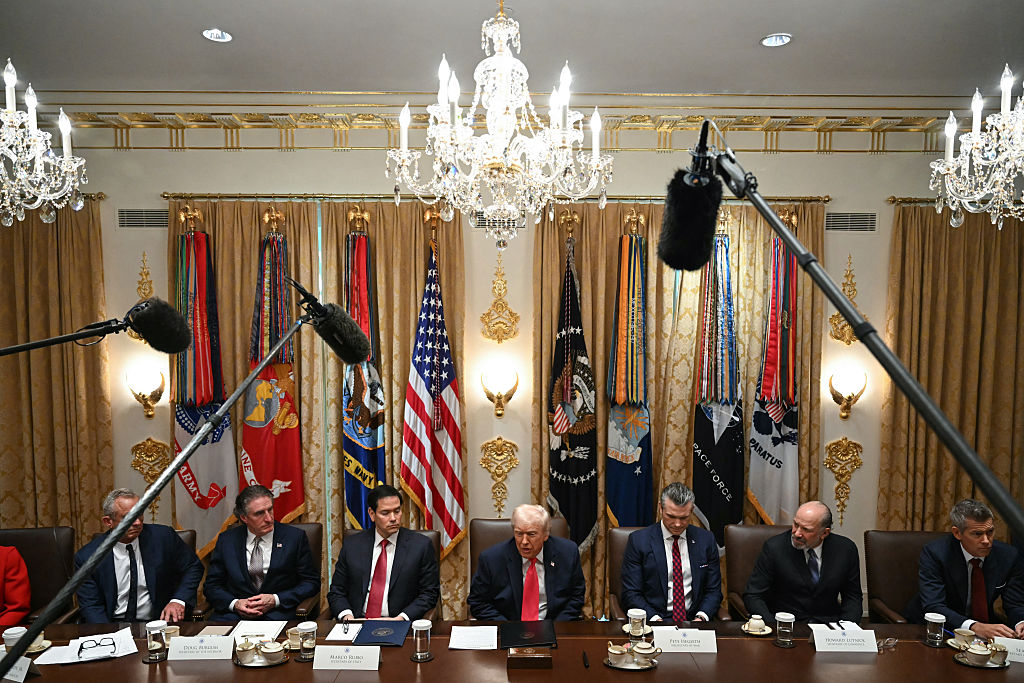
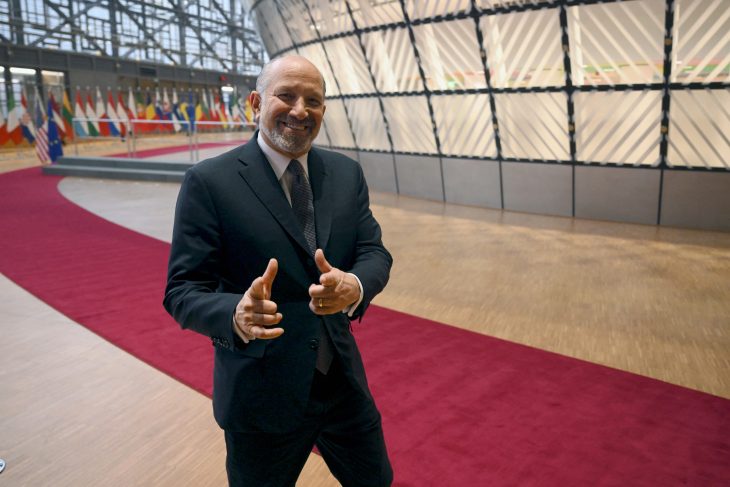
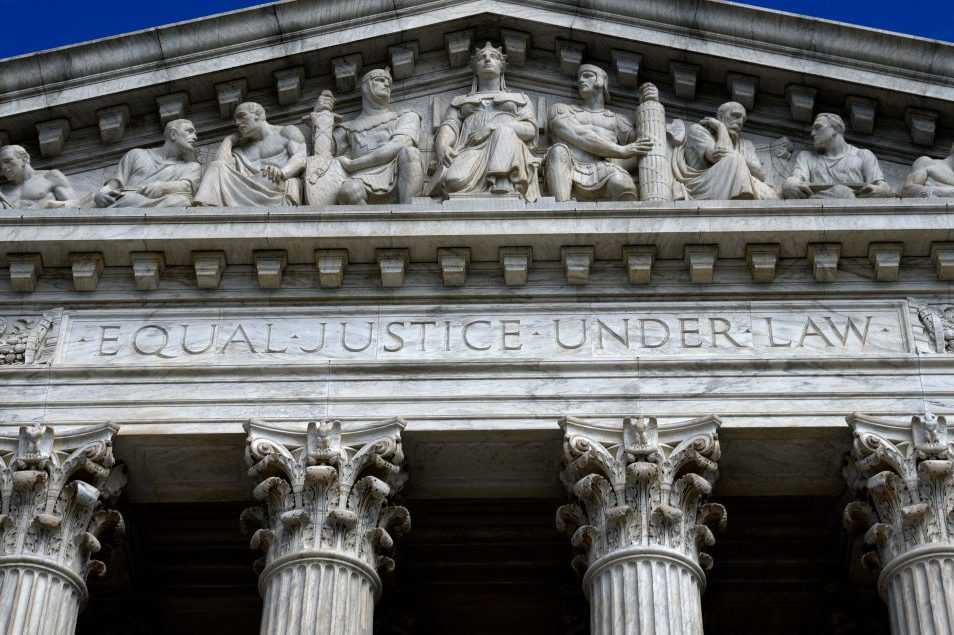







Leave a Reply